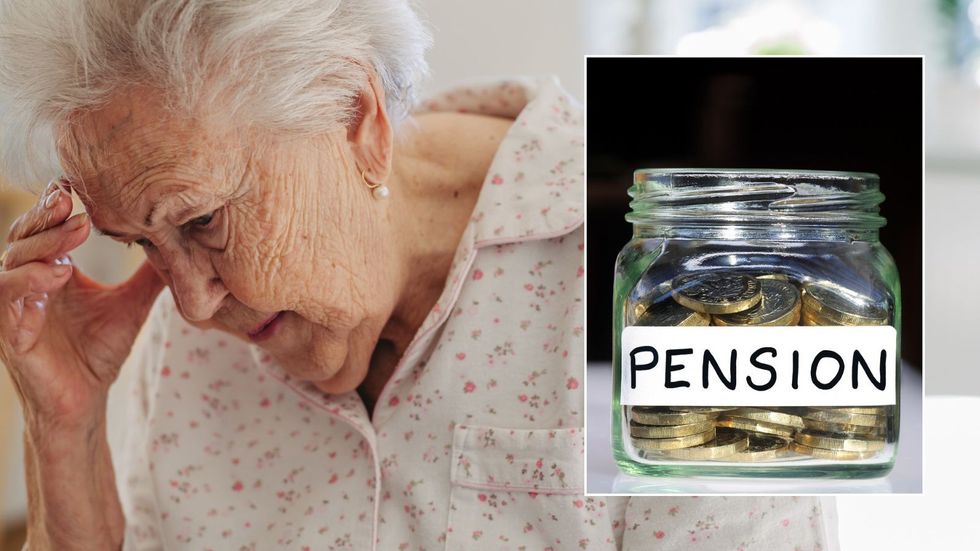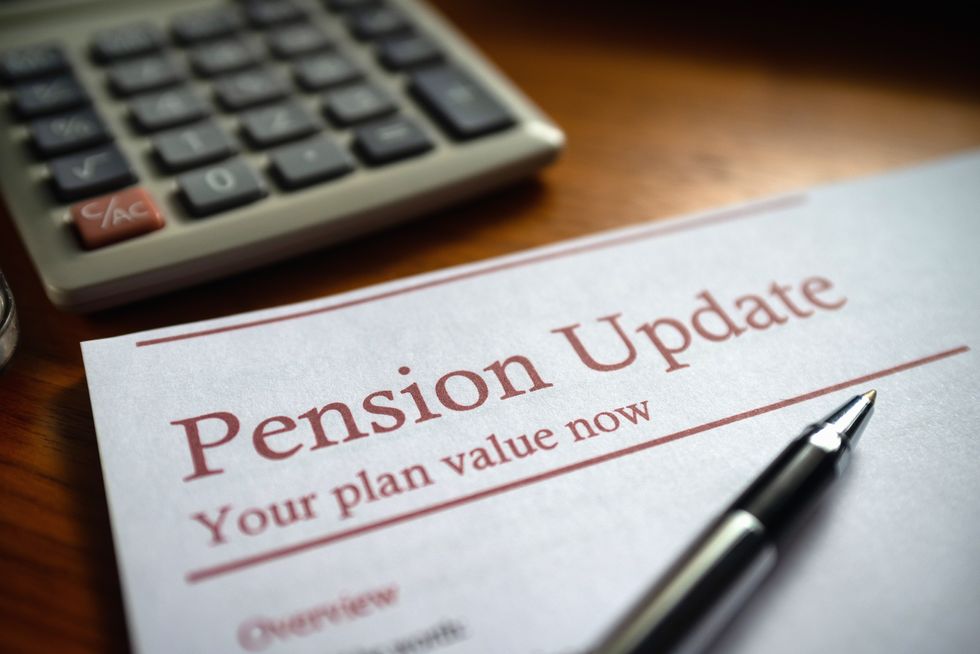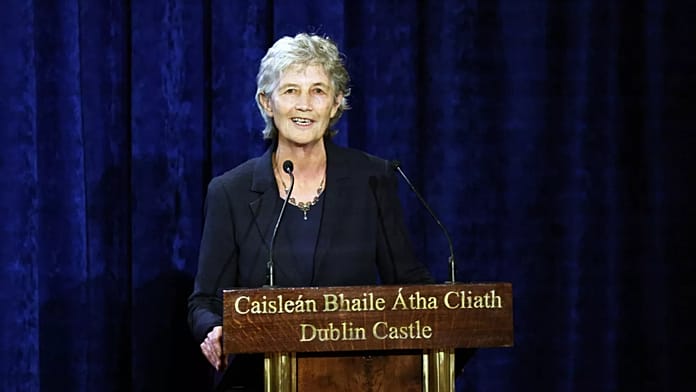Pension win as 800,000 Britons in line for retirement boost but many retirees 'walking away from free money'
Workplace pension participation has reached a record high, with 89 per cent of eligible workers now enrolled in schemes across the UK. New Government figures reveal that 800,000 additional employees began saving into workplace pensions during 2024, doubling the previous year's increase.The surge brings the total number of workplace pension savers to 21.7 million, representing more than a twofold increase from the 10.7 million participants before automatic enrolment was introduced. Annual pension contributions have climbed to £149.7billion, according to Department for Work and Pensions (DWP) data released on workplace saving trends.The earnings threshold for automatic enrolment has remained at £10,000 since the 2014/15 tax year, contributing significantly to the participation increase. Analysts note that this decade-long freeze means the threshold's real value has diminished considerably due to inflation.Clare Stinton, head of workplace saving analysis at Hargreaves Lansdown, said: "The surge is largely due to the fact that people become part of auto-enrolment when they earn £10,000 and this threshold has been frozen since 2014/15."However, between eight and 10 per cent of newly enrolled workers chose to opt out during 2024, marking an upward trend in withdrawal rates. Do you have a money story you’d like to share? Get in touch by emailing money@gbnews.uk.Furthermore, the overall quarterly dropout rate among existing savers has stayed below one per cent.The Government's upcoming pension adequacy review faces complex challenges regarding contribution rates. Stinton warned that while increased minimum contributions could help higher earners address insufficient savings, universal rises might push lower-paid workers into financial hardship."It's a tricky balancing act for Hovernment to juggle. It may be the case that Government focuses on how to incentivise higher earners to boost their contributions," she said. A significant gap exists between sectors, with public sector employees typically contributing more than private sector workers. This disparity results in public sector staff receiving larger amounts of tax relief paid into their pensions, Stinton claimed.LATEST DEVELOPMENTS:Rachel Reeves could target pensions in 'increasingly desperate' tax raid as Budget loomsState pensioners could be £18,000 worse-off in retirement under age rise proposalLabour's 'double whammy' death tax raid slammed as Rachel Reeves prepares to slash reliefPrivate sector employees often adhere to minimum auto-enrolment levels without additional encouragement, while their employers may provide matching schemes or other incentives to increase contributions.Stinton highlighted a widespread misunderstanding about workplace pensions: "It highlights a common misconception: many people still see auto-enrolment as a complete pension solution, when in reality it's just the starting point."She emphasised that workers who opt out forfeit both employer contributions and tax relief, describing this as "walking away from free money from your employer and tax relief one of the most effective ways to keep more of what you earn long term."

Workplace pension participation has reached a record high, with 89 per cent of eligible workers now enrolled in schemes across the UK.
New Government figures reveal that 800,000 additional employees began saving into workplace pensions during 2024, doubling the previous year's increase.
The surge brings the total number of workplace pension savers to 21.7 million, representing more than a twofold increase from the 10.7 million participants before automatic enrolment was introduced.
Annual pension contributions have climbed to £149.7billion, according to Department for Work and Pensions (DWP) data released on workplace saving trends.

The earnings threshold for automatic enrolment has remained at £10,000 since the 2014/15 tax year, contributing significantly to the participation increase.
Analysts note that this decade-long freeze means the threshold's real value has diminished considerably due to inflation.
Clare Stinton, head of workplace saving analysis at Hargreaves Lansdown, said: "The surge is largely due to the fact that people become part of auto-enrolment when they earn £10,000 and this threshold has been frozen since 2014/15."
However, between eight and 10 per cent of newly enrolled workers chose to opt out during 2024, marking an upward trend in withdrawal rates.
Do you have a money story you’d like to share? Get in touch by emailing money@gbnews.uk.

Furthermore, the overall quarterly dropout rate among existing savers has stayed below one per cent.
The Government's upcoming pension adequacy review faces complex challenges regarding contribution rates.
Stinton warned that while increased minimum contributions could help higher earners address insufficient savings, universal rises might push lower-paid workers into financial hardship.
"It's a tricky balancing act for Hovernment to juggle. It may be the case that Government focuses on how to incentivise higher earners to boost their contributions," she said.
A significant gap exists between sectors, with public sector employees typically contributing more than private sector workers.
This disparity results in public sector staff receiving larger amounts of tax relief paid into their pensions, Stinton claimed.
LATEST DEVELOPMENTS:
- Rachel Reeves could target pensions in 'increasingly desperate' tax raid as Budget looms
- State pensioners could be £18,000 worse-off in retirement under age rise proposal
- Labour's 'double whammy' death tax raid slammed as Rachel Reeves prepares to slash relief

Private sector employees often adhere to minimum auto-enrolment levels without additional encouragement, while their employers may provide matching schemes or other incentives to increase contributions.
Stinton highlighted a widespread misunderstanding about workplace pensions: "It highlights a common misconception: many people still see auto-enrolment as a complete pension solution, when in reality it's just the starting point."
She emphasised that workers who opt out forfeit both employer contributions and tax relief, describing this as "walking away from free money from your employer and tax relief one of the most effective ways to keep more of what you earn long term."







































